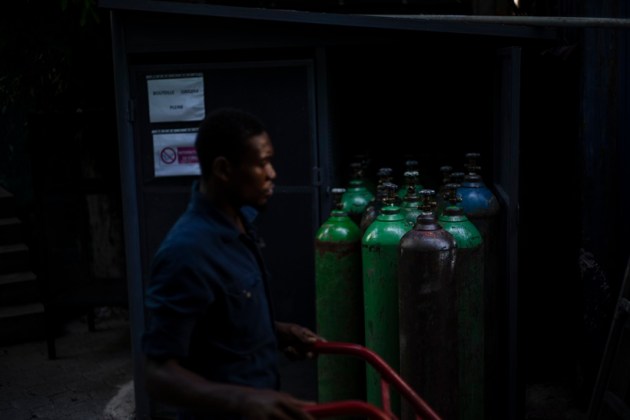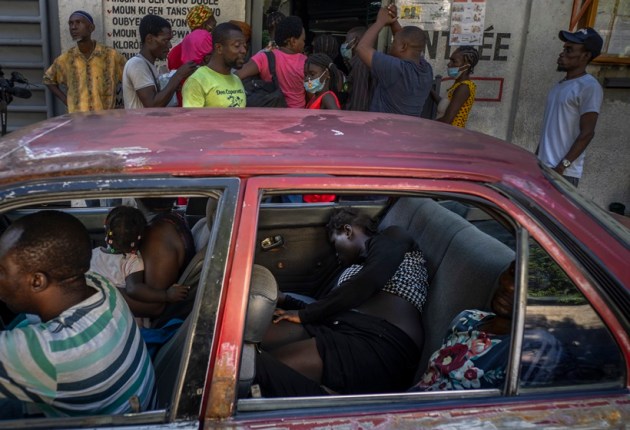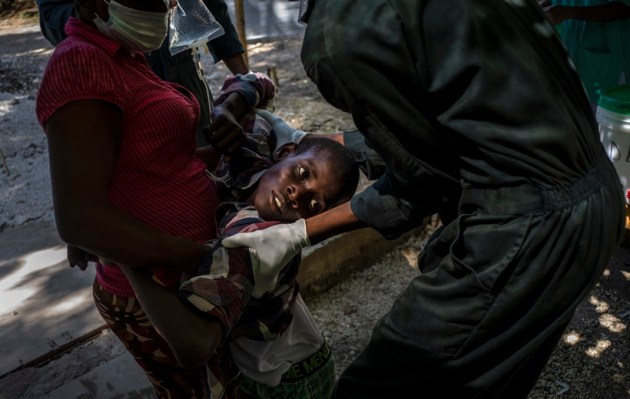Haiti cholera outbreak intensifies as gangs block access to resources
For the first time in three years, people in Haiti have been dying of cholera, raising concerns about a potentially fast-spreading scenario and reviving memories of an epidemic that killed nearly 10,000 people a decade ago. (AP Photo)
October 28, 2022 12:47 IST 1 / 8
1 / 8For the first time in three years, people in Haiti have been dying of cholera, raising concerns about a potentially fast-spreading scenario and reviving memories of an epidemic that killed nearly 10,000 people a decade ago. (AP Photo)
 2 / 8
2 / 8The 2010 cholera outbreak, that infected 820,000 people and killed around 10,000, lasted until January 2019 when the country reported its last infection. The bacterial disease is back just as Haiti was close to being certified cholera-free. (AP Photo)
 3 / 8
3 / 8Gang violence, which engulfed the city after the assassination of president Jovenel Moïse in July 2021, is exacerbating an existing crisis and making it more difficult to secure basic supplies. (AP Photo)
 4 / 8
4 / 8People contract cholera through contaminated food or water, and the collapse of basic services across Haiti has allowed it to return, said Judes Jonathas, who manages NGO Mercy Corps’ Haiti programme, as reported by The Guardian. (AP Photo)
 5 / 8
5 / 8Armed groups are not allowing water trucks into areas they control and where water pipes reach, pumps are not functional because of fuel shortages. (AP Photo)
 6 / 8
6 / 8The fatality rate for cholera is less than 1% when simple treatments such as rehydration salts can be used, according to the World Health Organization. However, three-quarters of the nation’s main hospitals had already reduced their operations or closed their doors, UNICEF said on September 26. (AP Photo)
 7 / 8
7 / 8Medical personnel attend to patients with symptoms of cholera at a clinic run by Doctors Without Borders in Port-au-Prince, Haiti. (AP Photo)
 8 / 8
8 / 8Gangs are currently blockading a key Haitian fuel terminal, leaving the country without gasoline and diesel, and leading to dire shortages of food and clean drinking water. The US and Canada will work together to “cut the insecurity knot” in Haiti, US Secretary of State Antony Blinken said Thursday. But neither Blinken nor Canadian Foreign Affairs Minister Melanie Joly committed their country to leading a military force to the Caribbean nation. (AP Photo)











